
Scientific name: Tursiops truncatus
Size: About 9.8 feet, up to 13.1 feet
Color: Gray-brown to black
Distinguishing feature: Large size, beyond 8,2 feet. Short muzzle, dorsal fin in the middle of the back and concave in the back.
Where did we see it: French polynesia, Mayotte, Maldives
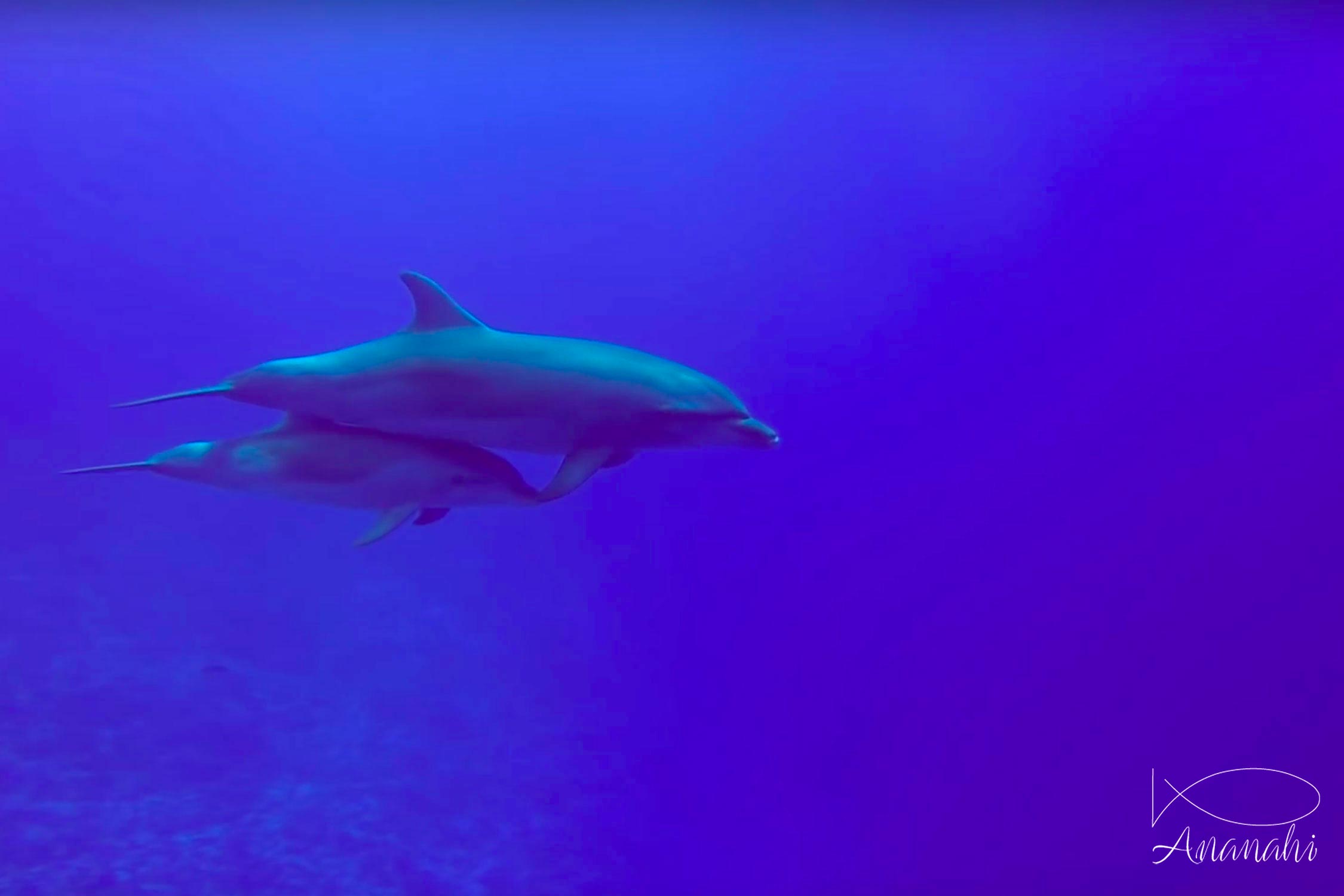
Scientific name: Tursiops truncatus
Size: About 9.8 feet, up to 13.1 feet
Color: Gray-brown to black
Distinguishing feature: Large size, beyond 8,2 feet. Short muzzle, dorsal fin in the middle of the back and concave in the back.
Where did we see it: French polynesia, Mayotte, Maldives
The life of the bottlenose dolphin is about 30 years.
He has a sonar which enables him, by echolocation, to locate animals located in a certain perimeter around waters.
Oral communication is also present in this species. Although we have not yet managed to find the meaning, it seems to evolve enough.
The bottlenose dolphin has to go to the surface every 15 minutes and can go down to almost 650 feet to hunt.
The bottlenose dolphin is also on the red list of endangered species.
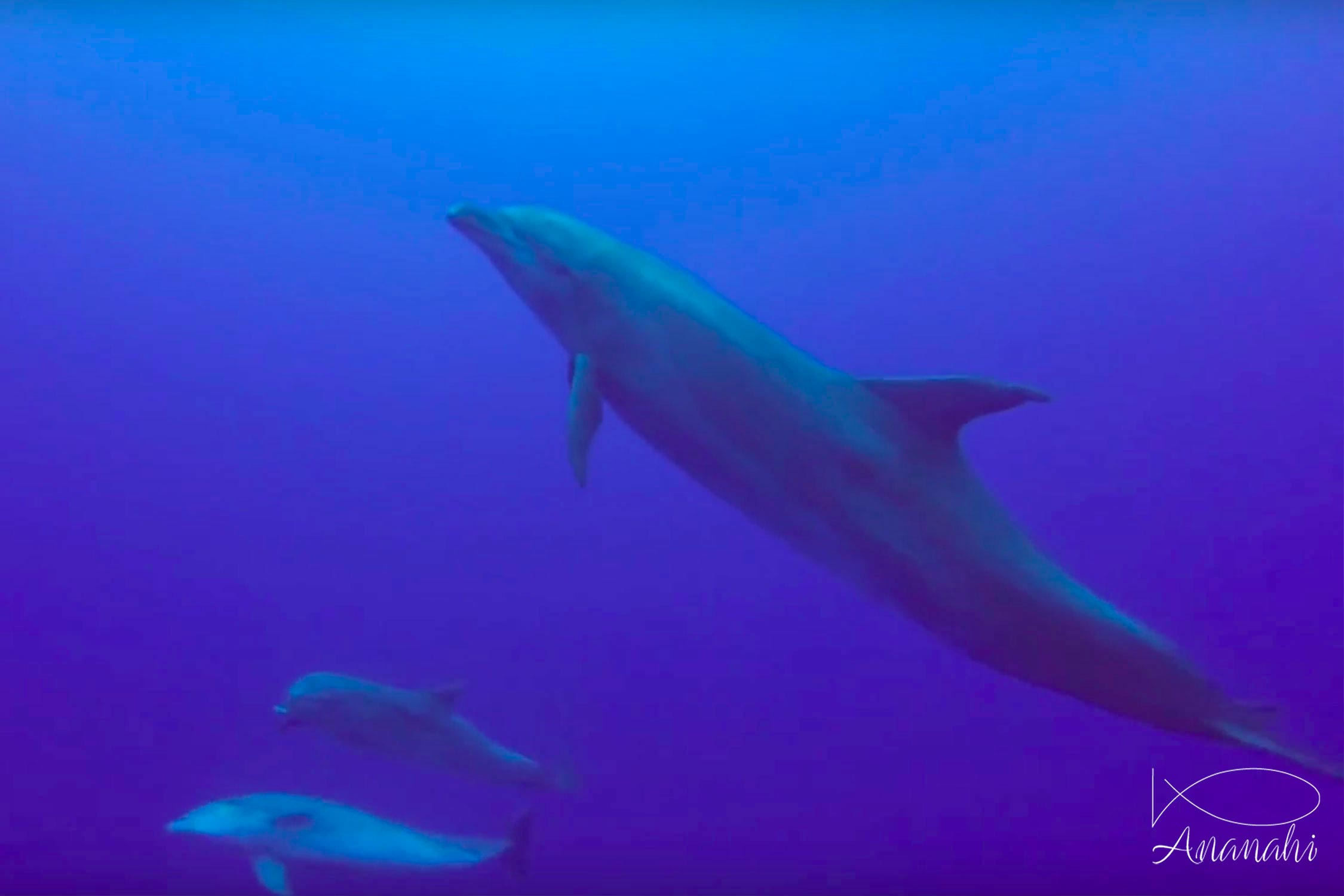

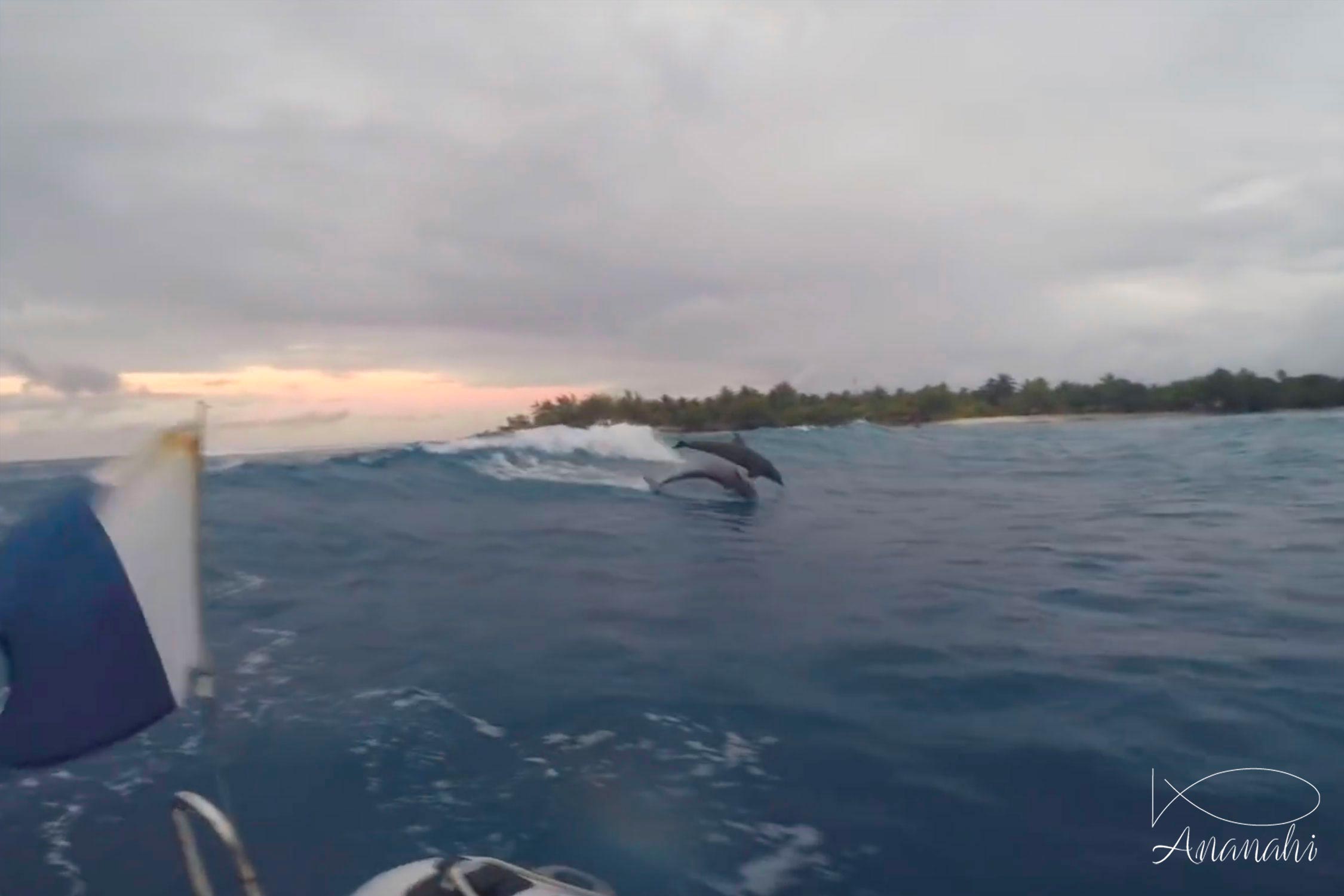
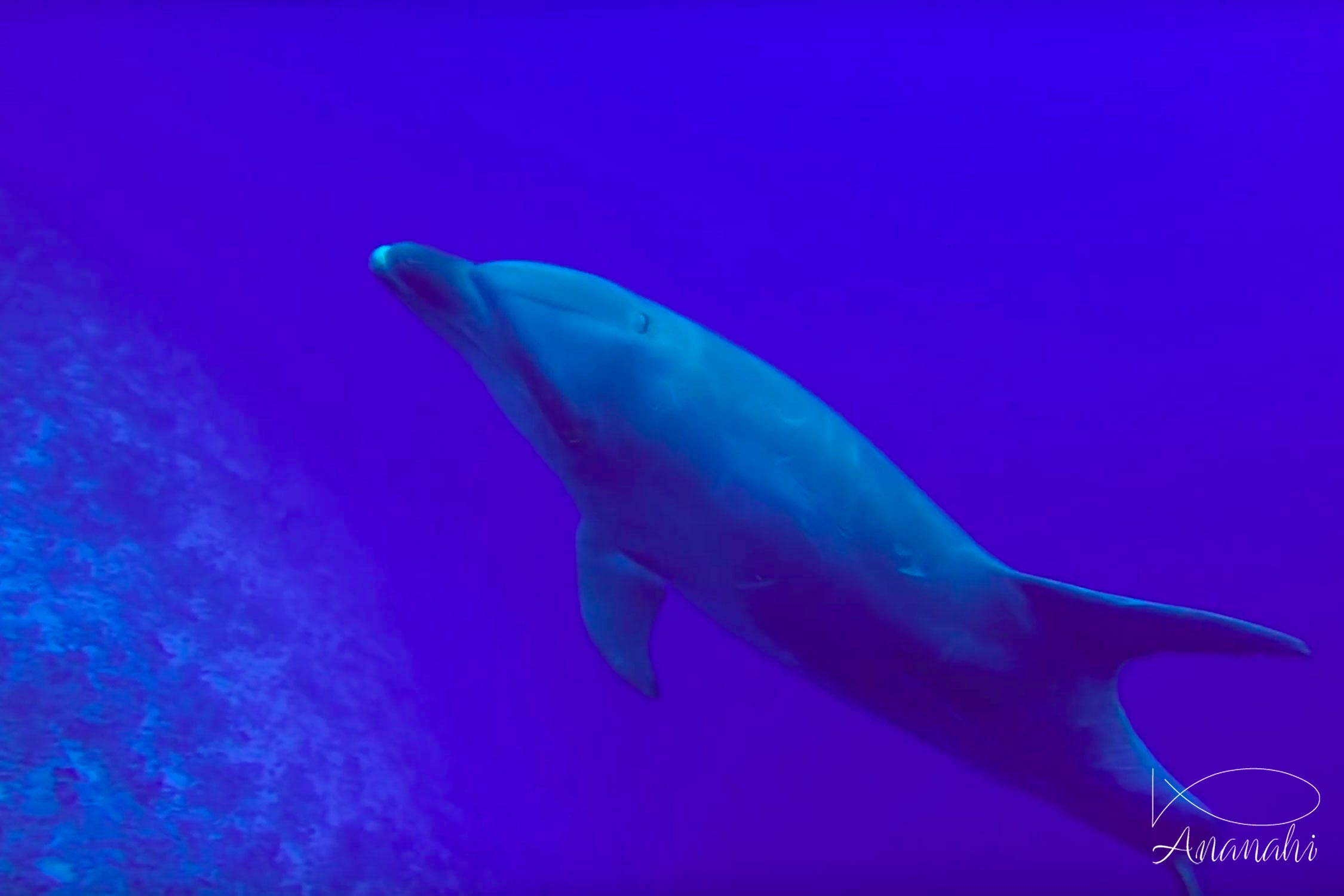

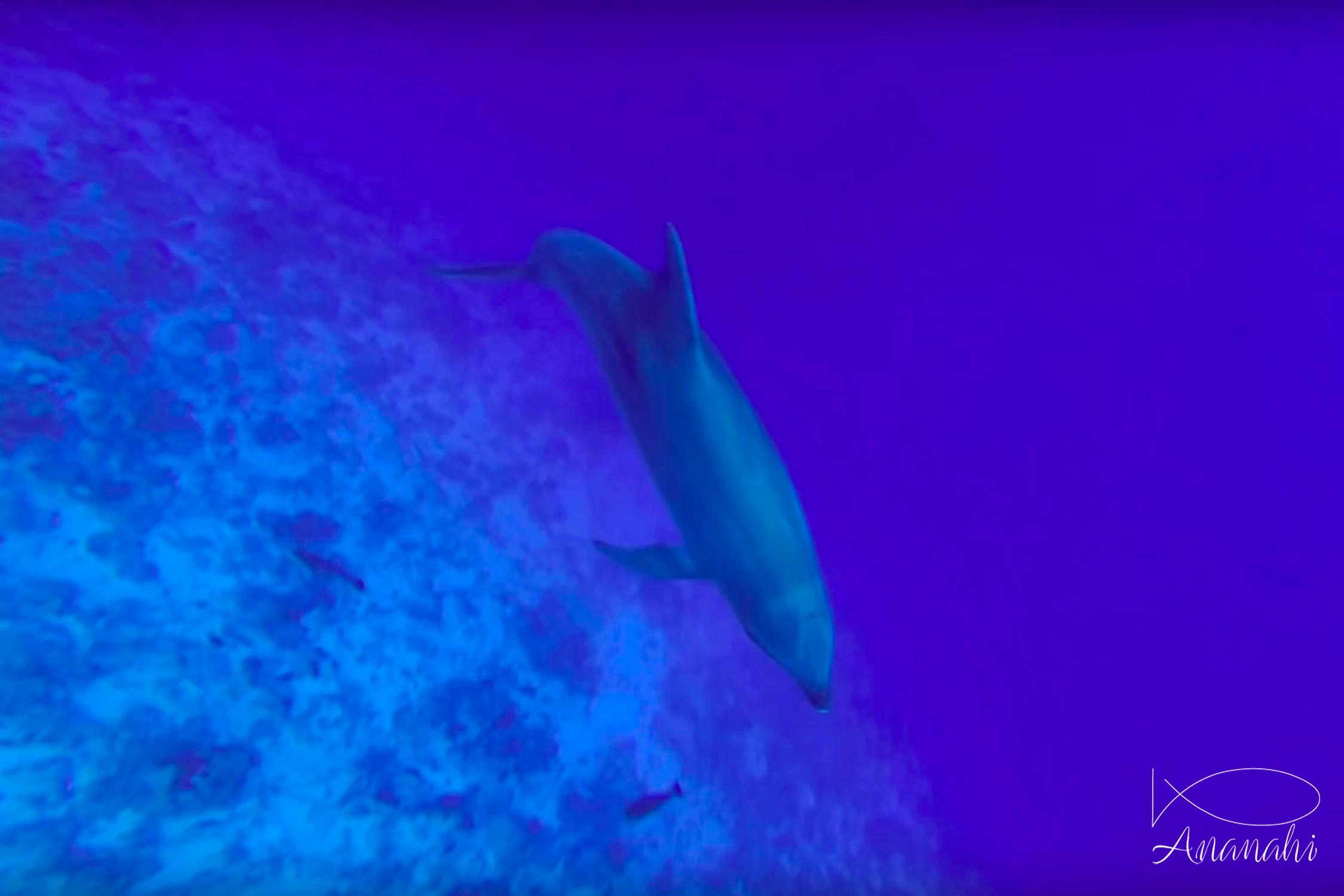
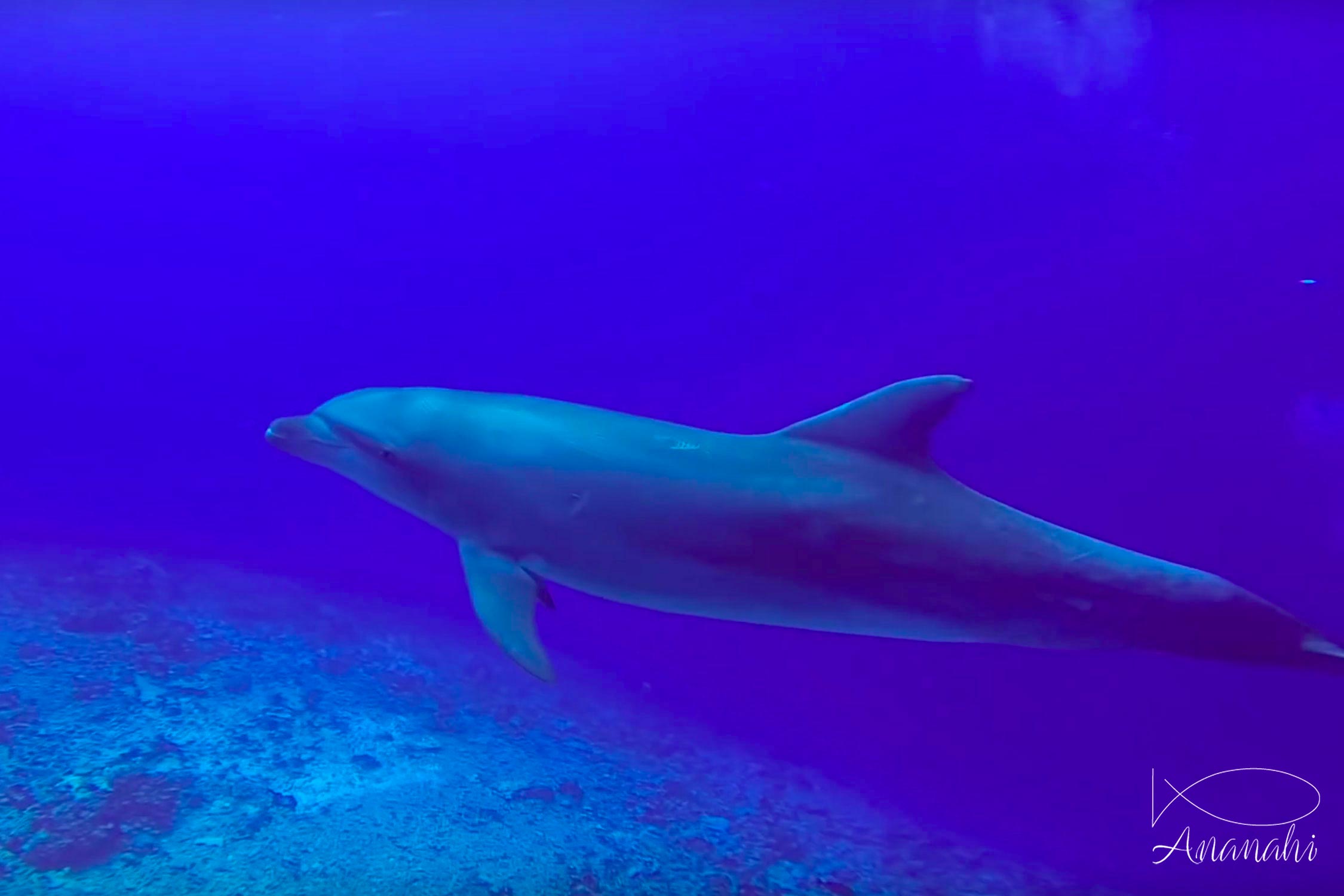
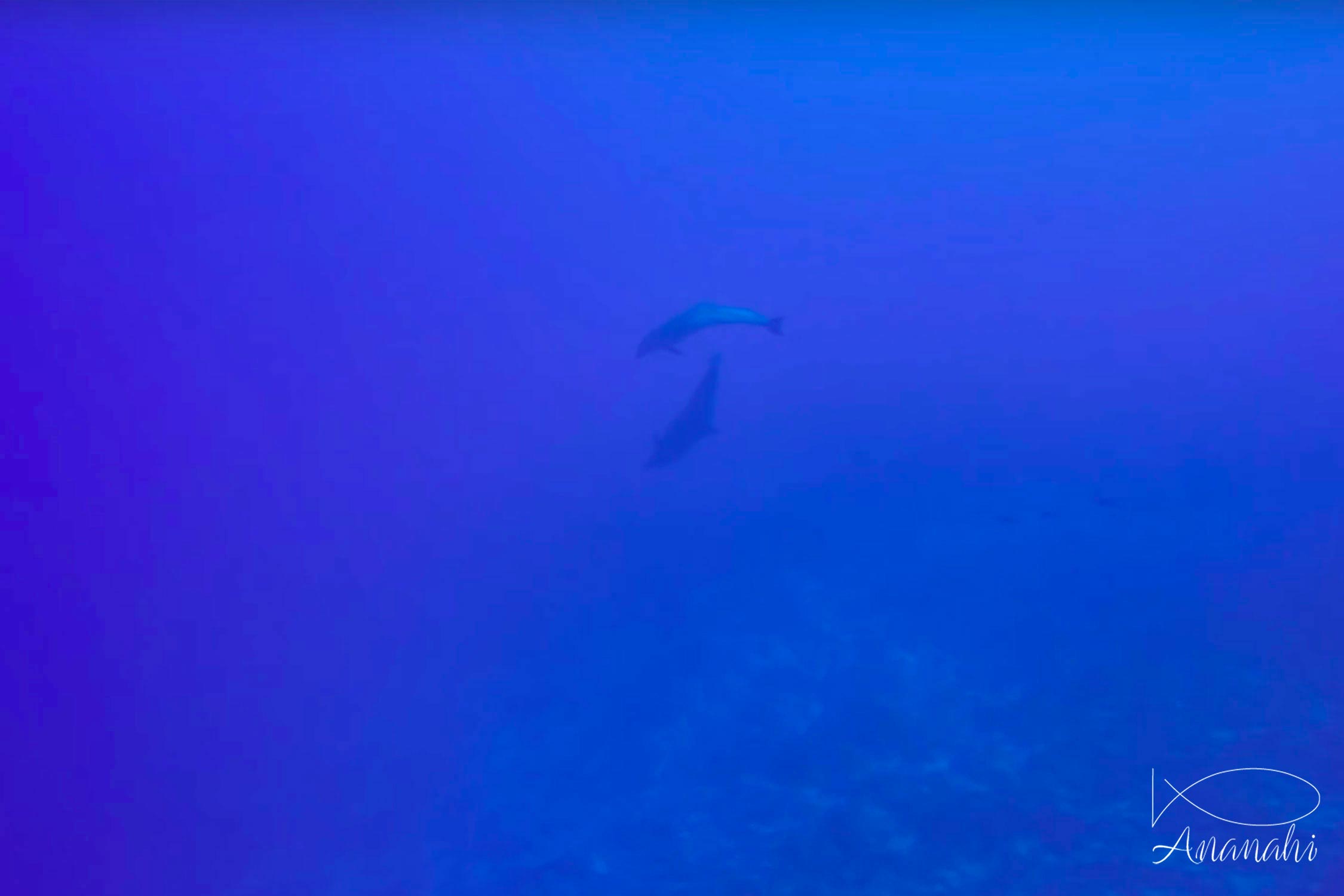
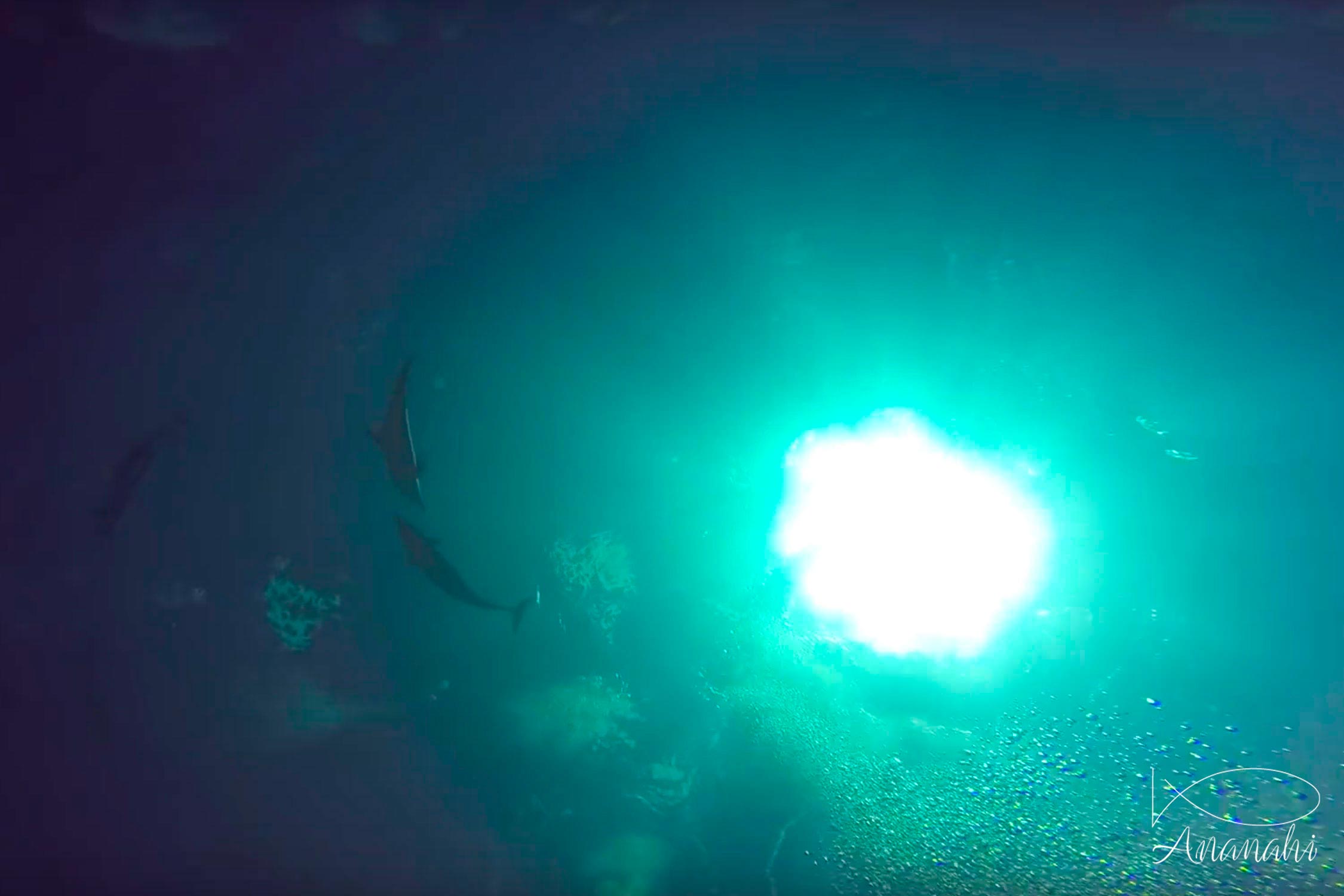
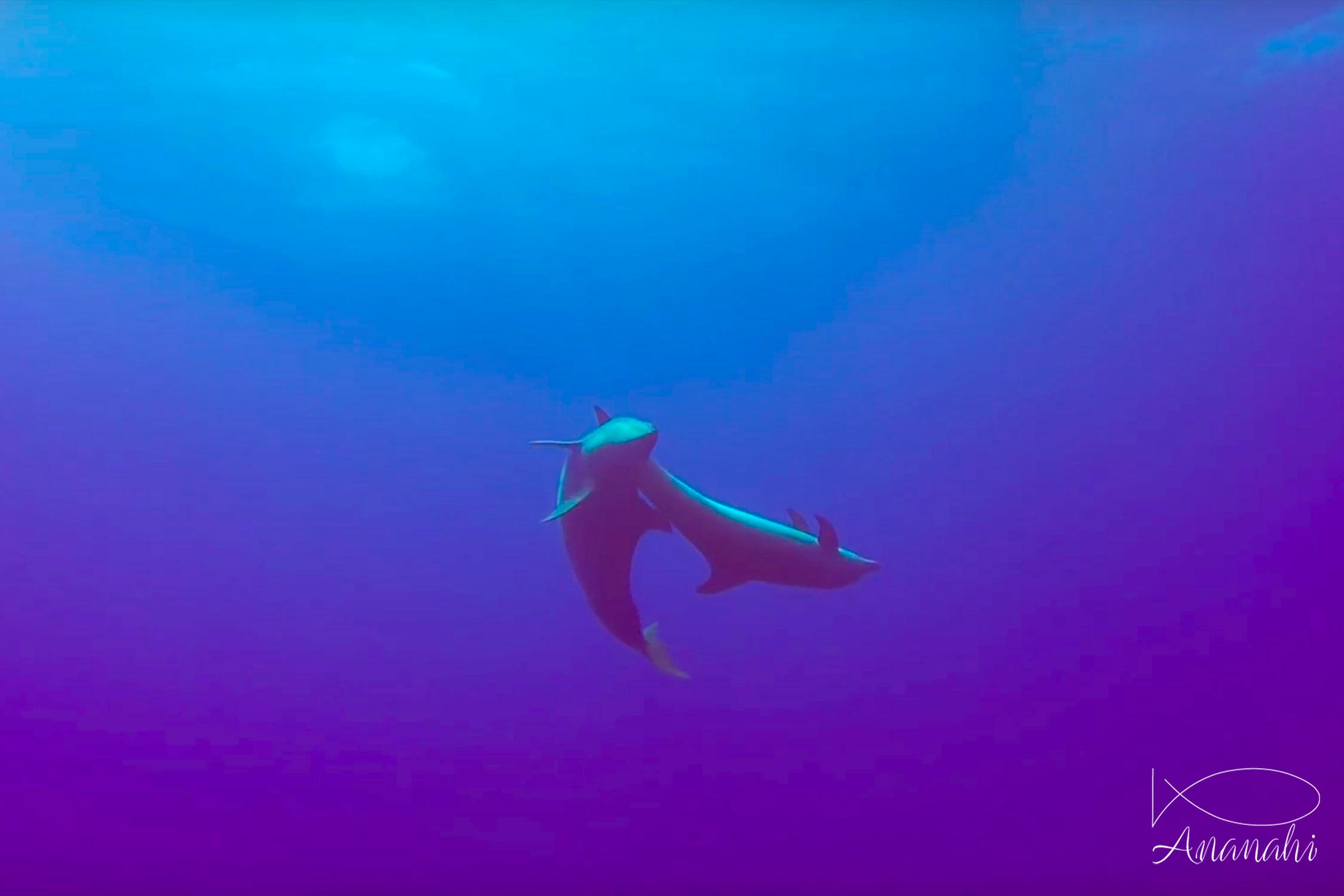
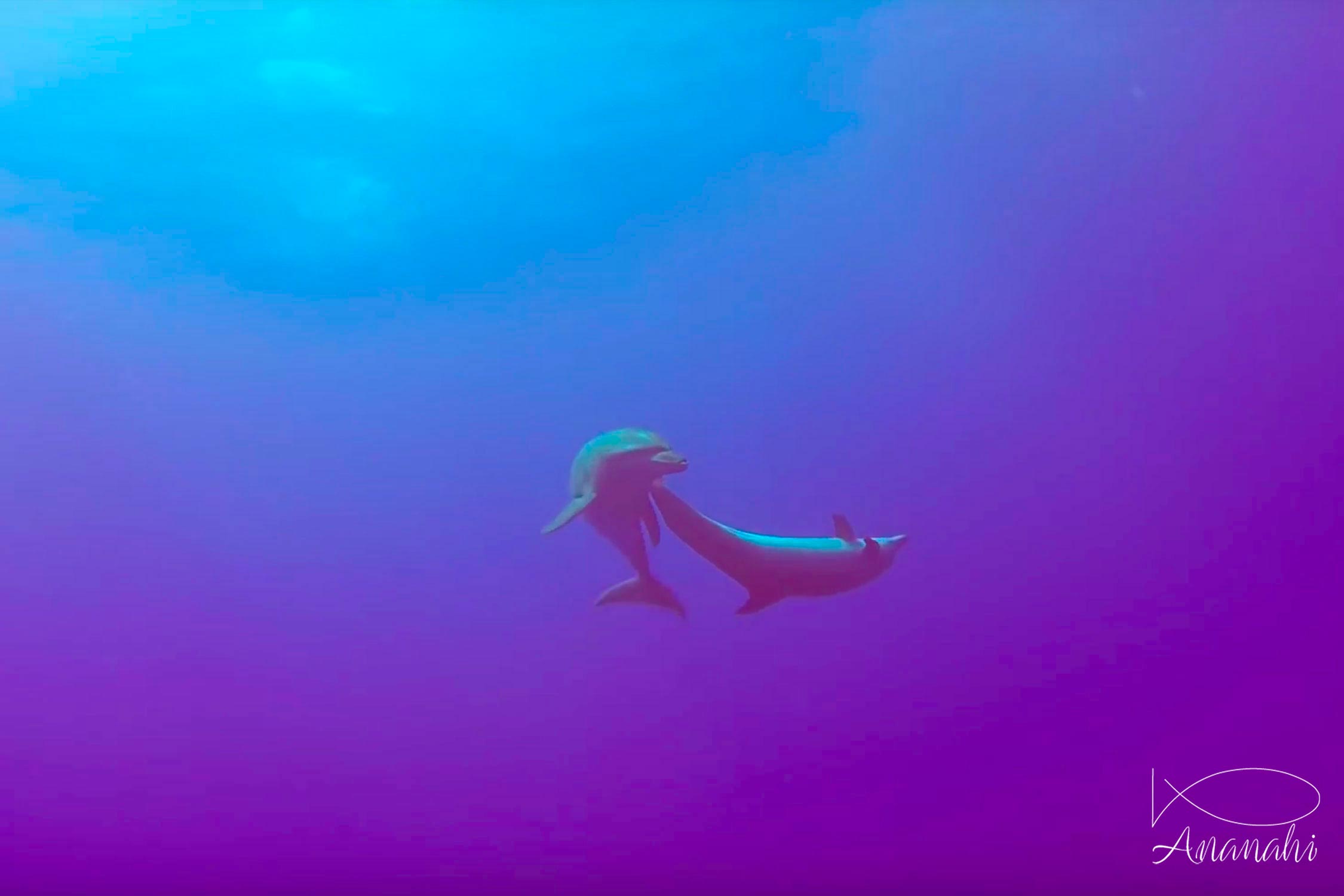

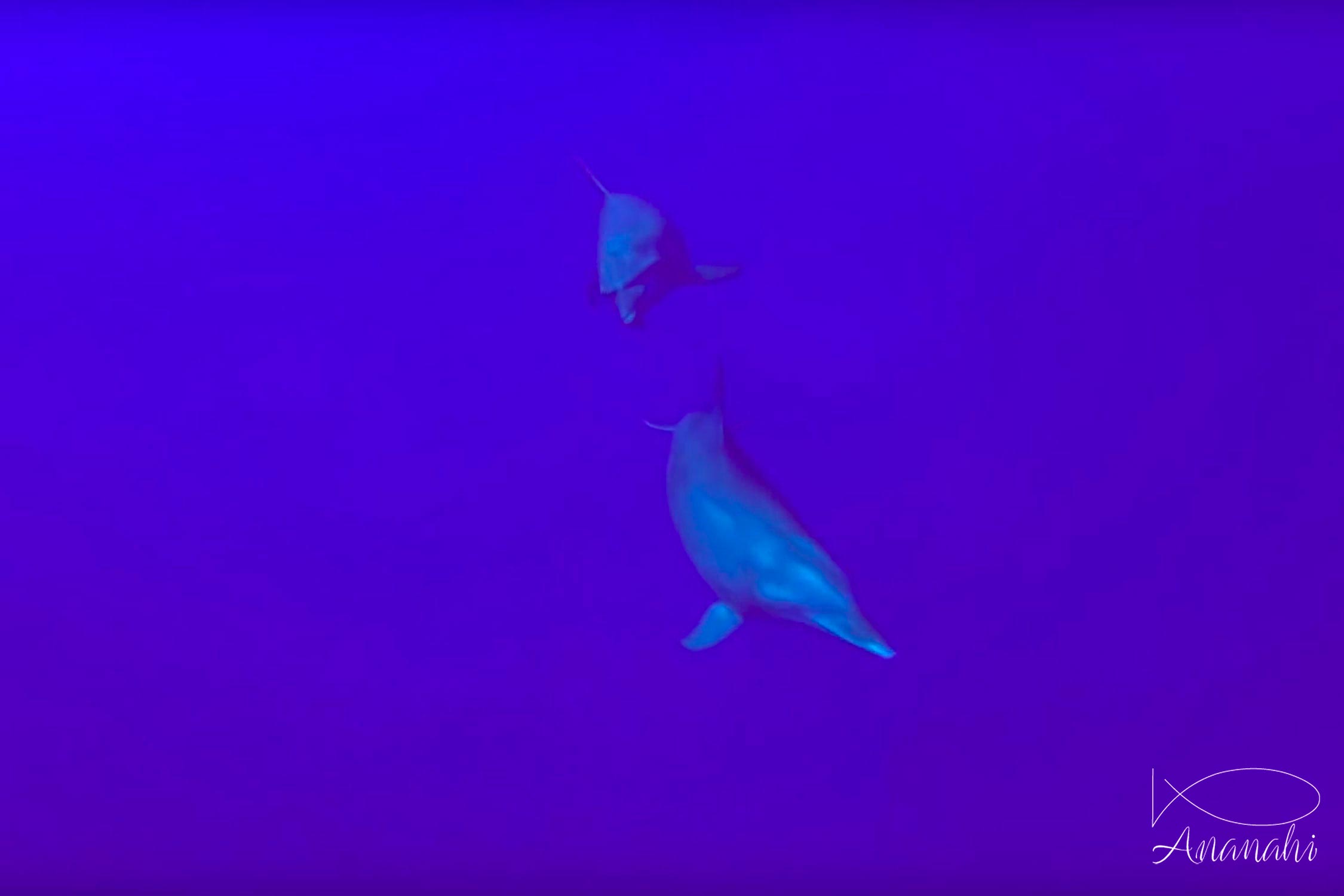
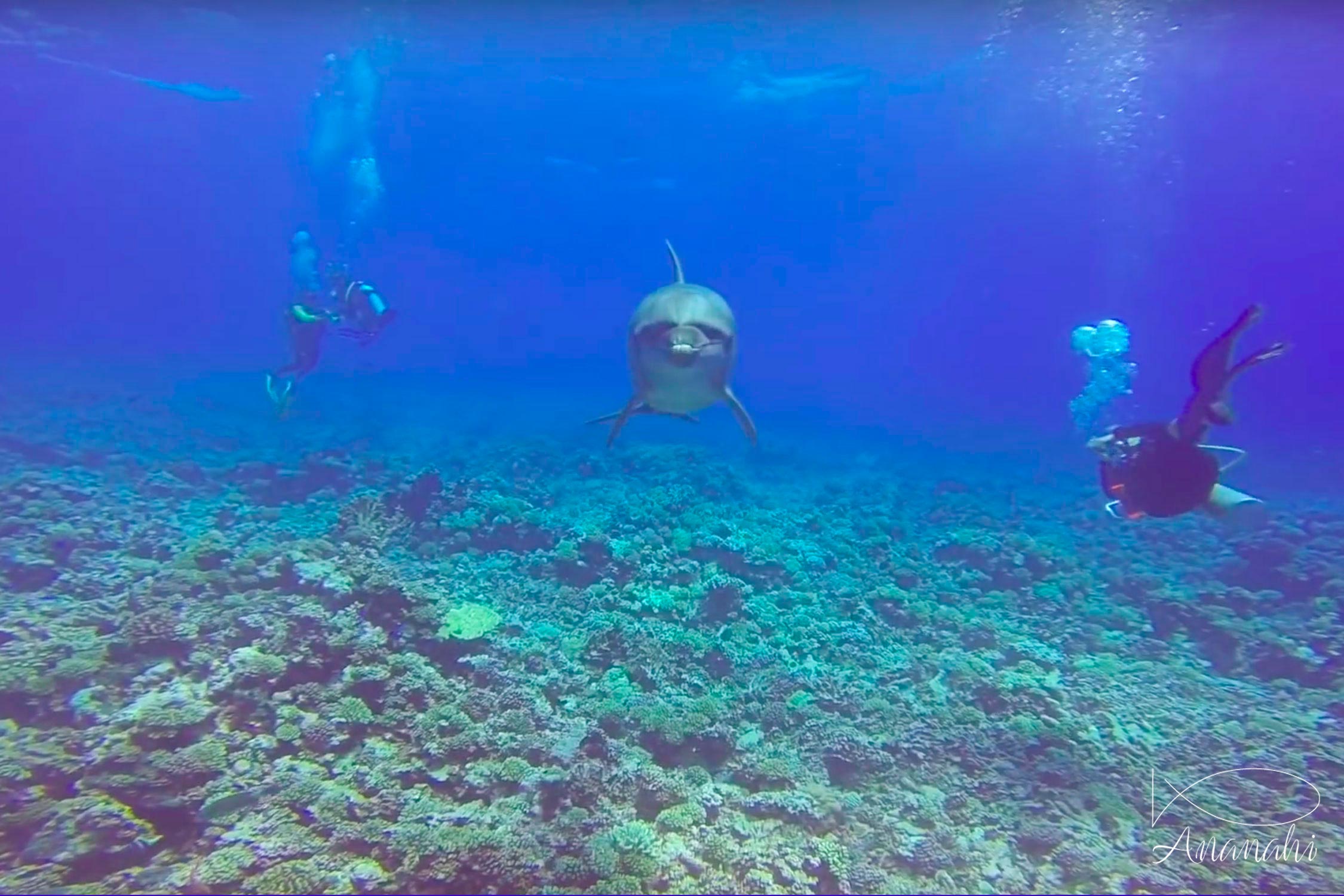
Turtles are in economy mode when they are sleeping. If they are woken during night, they may not have enough air to return to surface.
So, please be careful during night dives!
The tiger shark has slender marks similars to the lines of tigers, hence its name.
When it is juvenile, these marks are round and not vertical. They change when it grows.
Parrotfish create a protective envelope around them when they are sleeping.
So, don't put the light on them during night dive to don't to wake them up and break this envelope.